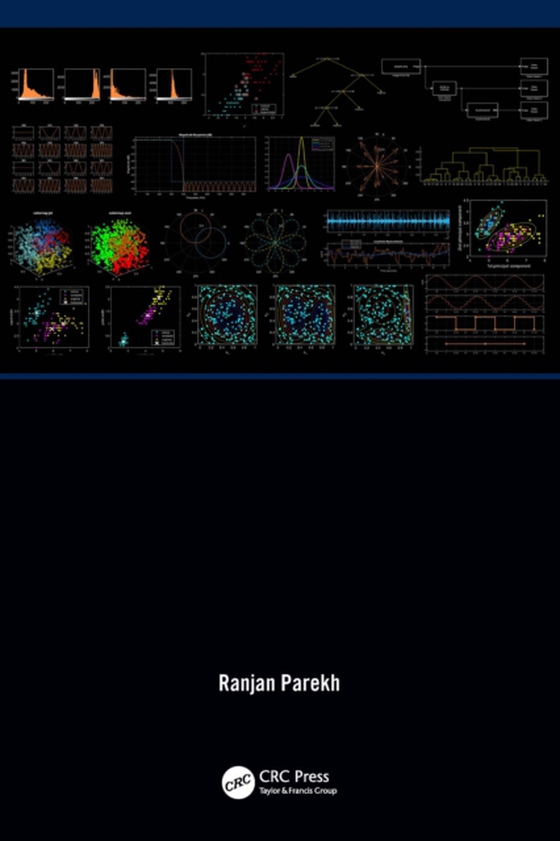
'Fundamentals of Image, Audio, and Video Processing Using MATLAB(R)' and 'Fundamentals of Graphics Using MATLAB(R)' e-bog
436,85 DKK
(inkl. moms 546,06 DKK)
This discounted two-book set contains BOTH:Fundamentals of Image, Audio, and Video Processing Using MATLAB introduces the concepts and principles of media processing and its applications in pattern recognition by adopting a hands-on approach using program implementations. The book covers the tools and techniques for reading, modifying, and writing image, audio, and video files using the data an...
E-bog
436,85 DKK
Forlag
CRC Press
Udgivet
28 februar 2022
Længde
834 sider
Genrer
Information technology: general topics
Sprog
English
Format
pdf
Beskyttelse
LCP
ISBN
9781000477351
This discounted two-book set contains BOTH:Fundamentals of Image, Audio, and Video Processing Using MATLAB introduces the concepts and principles of media processing and its applications in pattern recognition by adopting a hands-on approach using program implementations. The book covers the tools and techniques for reading, modifying, and writing image, audio, and video files using the data analysis and visualization tool MATLAB.This is a perfect companion for graduate and post-graduate students studying courses on image processing, speech and language processing, signal processing, video object detection and tracking, and related multimedia technologies, with a focus on practical implementations using programming constructs and skill developments. It will also appeal to researchers in the field of pattern recognition, computer vision and content-based retrieval, and for students of MATLAB courses dealing with media processing, statistical analysis, and data visualization.Fundamentals of Graphics Using MATLAB introduces fundamental concepts and principles of 2D and 3D graphics and is written for undergraduate and postgraduate students of computer science, graphics, multimedia, and data science. It demonstrates the use of MATLAB programming for solving problems related to graphics and discusses a variety of visualization tools to generate graphs and plots. The book covers important concepts like transformation, projection, surface generation, parametric representation, curve fitting, interpolation, vector representation, and texture mapping, all of which can be used in a wide variety of educational and research fields. Theoretical concepts are illustrated using a large number of practical examples and programming codes, which can be used to visualize and verify the results.
 Dansk
Dansk

